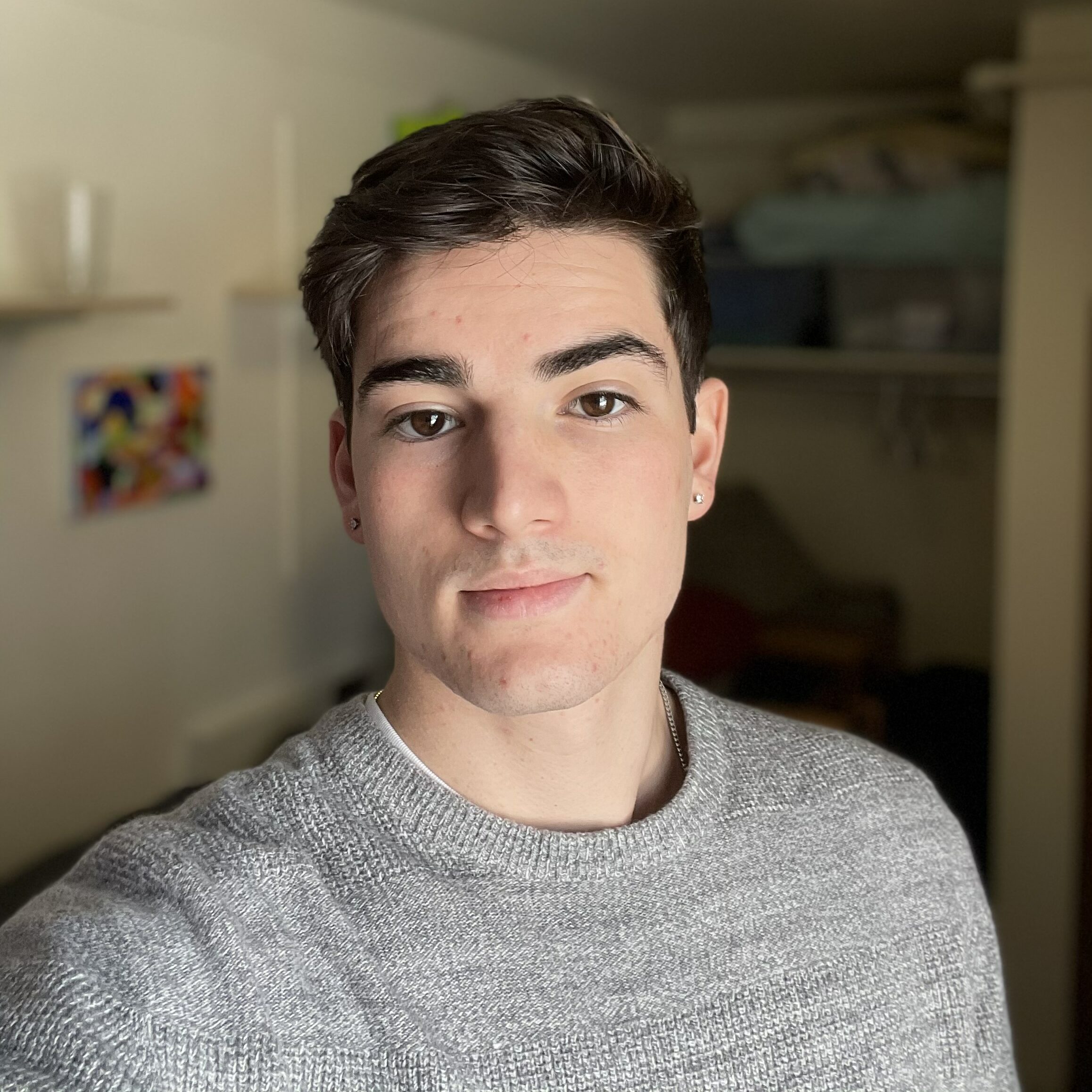Abstract: As the basis of interaction between individuals, communication signals are key features of animal social behavior. Analysis of social communication in animals, however, is often limited to pairwise interactions due to technical challenges and the complexity of communication signals. Mormyridae are a family of weakly electric fish native to Africa that provide a unique model system for studying coordinated signaling during larger group interactions. Mormyrid fish communicate and locate objects in their environment through CNS-generated species-specific electric organ discharges (EODs), providing a simple and discreet unit of communication, which makes higher dimension data analyses more feasible, and makes understanding the neural control of communication signals in complex social environments more tractable. To investigate how group social behavior affects electrocommunication and the allocation of social attention, we are designing a behavioral assay for group cohesion. First, we will vary group size during the exploration of a novel environment. We anticipate that EOD rates will increase during exploration of the novel environment and that changes in group size will change the demands on group cohesion. We will quantify group cohesion based on the degree of coordination in group movement. We predict that changes in group cohesion are associated with changes in the coordination of electrocommunication signals among the group. Measuring the EOD times of individual fish and their movements in a freely swimming group poses a variety of technical challenges that have not been overcome in group sizes larger than pairs of fish. Therefore, we are first developing tools to integrate motion-tracking software and EOD recording from a multi-electrode array in order to record the timing of individual fish’s EODs while swimming freely in groups. These tools will enable us to generate insights on the complex and precisely coordinated communication signals which underlie social cohesion and group dynamics in Mormyrid fish.
Video:
Live Poster Session:
Thursday, July 29th 1:15-2:30pm EDT


